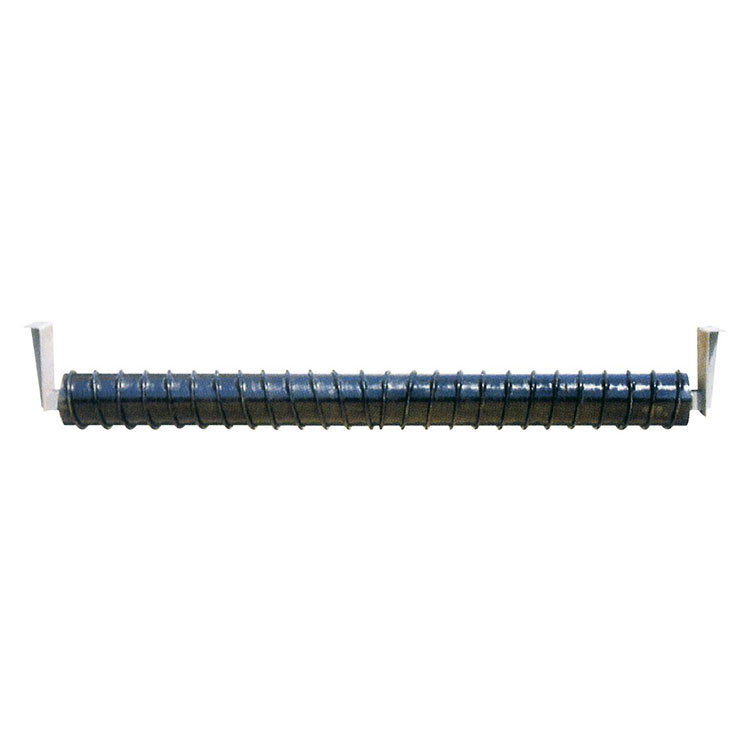Unlocking the Secrets of Spiral Idler Design: How Its Architecture Impacts Performance
2024-04-23
In the intricate world of conveyor systems, the Spiral Idler stands as a critical component, responsible for supporting and guiding the conveyor belt. Its design is not just an aesthetic choice; it significantly impacts the overall performance of the system. Let's explore how the design of the Spiral Idler affects its performance.
Firstly, the material choice is crucial. The idler's structural components are typically made from metals like steel or aluminum, chosen for their strength and durability. However, different alloys and finishes can affect the idler's resistance to corrosion, abrasion, and temperature variations. A well-designed idler takes into account the operational environment and selects materials that can withstand the challenges posed by it.
The geometry of the spiral itself is another key factor. The shape and pitch of the spiral determine how smoothly the conveyor belt glides over it. A poorly designed spiral can cause friction, wear, and even belt misalignment. On the other hand, a spiral with optimized geometry ensures smooth operation, reduces wear and tear, and extends the lifespan of both the idler and the belt.
The load-bearing capacity of the Spiral Idler is also heavily influenced by its design. The structural integrity and reinforcement of the idler determine how much weight it can safely support. A well-designed idler distributes the load evenly, preventing stress concentrations and failures.
Furthermore, the idler's ability to adjust and adapt to different conveyor configurations is another aspect of its design that affects performance. Some Spiral Idlers feature adjustable brackets or mounts, allowing for easy customization and integration into various systems. This flexibility ensures that the idler can operate efficiently in a wide range of applications.
Lastly, the maintenance requirements of the Spiral Idler are often dictated by its design. A well-designed idler is easy to inspect, clean, and replace components when necessary. This not only reduces downtime but also ensures that the idler remains in optimal condition for peak performance.
In conclusion, the design of the Spiral Idler plays a pivotal role in its performance. From material choice to geometry, load-bearing capacity, adjustability, and maintenance requirements, each aspect contributes to the overall efficiency and reliability of the conveyor system. Understanding and appreciating these design considerations can help in selecting the right Spiral Idler for your specific application and maximizing its performance.


